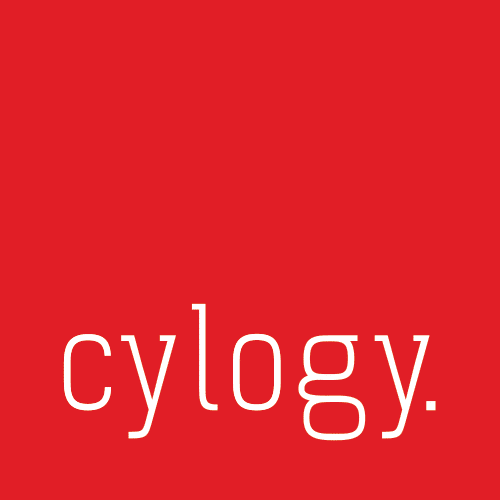This is one of the reasons Sitecore often performs very well in CMS and DXP product evaluations because it delivers great customer experiences, and there are numerous examples to see of the kind of website experience you can achieve.
It’s easy to get seduced by the beautiful website but when you think about which CMS you should use or how you should configure and set-up your CMS, you need to take into account the administrator and content editing experience too.
In the rush of excitement to deliver great customer experiences the “back-end” aspect can get overlooked or trumped by the front-end. This is actually short sighted because ultimately the two are linked.
Why the admin and content editing experience is key
It is very difficult to deliver and then sustain a great customer experience with a poor admin or content editing experience, particularly when you need to involve a number of content owners on a regular basis. These may be other marketers across different divisions and lines of business or even people within your business who are not professional trained.
Delivering great customer experiences means having tight precision control over your content, styling and digital marketing. You need strong and easy-to-use interfaces in the back-end to enable this control.
Most central digital marketing teams are very busy and likely rely on some form of decentralized publishing model with different content owners contributing content. Ideally, you want your publishers to be as self-sufficient as possible and having an easy interface is key, otherwise the central team ends up having to get involved too often to make a decentralized model sustainable.
You also want your publishers and content owners to be engaged and actively wanting to contribute to the quality of your website and related customer experiences. This is far harder to achieve with a difficult to use system and the related perceived effort that will make people reluctant to use it.
7 ways Sitecore helps your content owners and admins
Thankfully the Sitecore platform helps your publishers and admins in several different ways, making the use of the platform more sustainable.
1) Consistency across different interfaces
A common observation with Sitecore is that it is not always the easiest system to use. We think this perception is partly because of its huge range of capabilities; you can do a lot with Sitecore! However, we think Sitecore is actually pretty straightforward to use with an inherent logic and consistency across different interfaces that will help your content contributors.
2) In-page editing on the Experience Editor
An obvious advantage is using the Experience Editor, allowing for in-page editing for content editors who can see the impact of the changes, as well as adding new components. For infrequent content editors, the Experience Editor gives content owners more control and confidence in managing their own content.
3) Horizon, the new editing experience
Even better is Horizon, the brand-new editing experience that continues to advance with each release, making managing a decentralised publishing model easier. Horizon comes with a super-easy interface, drag and drop, page analytics in easy reach, testing across different screen sizes and devices and more. It might not be quite up to speed yet to wean admins off the Experience Editor, but we think that will come eventually. It’s certainly another way to make the experience for your content editors even easier.
4) Continued investment in the UI
The investment in Horizon is an example of the effort that Sitecore continues to put into improving its UI. Typically there are multiple small tweaks across the board with each update, for example with additional drag and drop capabilities added here and there, but also changes based on feedback from clients. We can expect Sitecore to continue to invest in the quality of the platform’s interfaces to make it more intuitive, helping to drive Sitecore’s aim to achieve adoption across a wider customer base.
5) The ability to lock down parts of Sitecore in granular ways
One of Sitecore’s strengths is the ability to configure the experience of using the platform for different groups and roles. Through groups and associated permissions you can lock down the parts of Sitecore you don’t want content editors to see. For example, you could force editors to use the Experience Editor. This can help you to preserve a more manageable and less confusing view for your editors, reducing their need to ask you questions and creating a more sustainable use of the platform.
6) Sitecore as ecosystem
Sitecore is much more than a Content Management System (CMS). It’s also a complete digital marketing ecosystem that acts as a cohesive whole. If you adopt this ecosystem approach, using bolt on modules such as the Content Hub, then it becomes easier and smoother for your content editors and localised marketing executives to confidently use other parts of the ecosystem. It also makes it easier for your content community to publish across multiple channels through innovations such as Sitecore Experience Edge.
7) More AI is coming to do the heavy lifting
The Sitecore platform is a long-term investment that can carry out advanced digital marketing such as personalisation and marketing automation. In the future, it may be possible to start to decentralise some of these activities through the use of more AI to automate the heavy-lifting around these advanced activities. AI will play a significant role in Sitecore’s roadmap and this will make life easier for distributed content owners and marketers across large organizations.
Ease of use is key
Sitecore is a very sophisticated platform. Despite this, Sitecore ensures that the platform is relatively easy to use for occasional users who are primarily looking after their own content rather than the whole website.. If you’d like to discuss how to ensure Sitecore is sustainable for everybody accessing the back-end then get in touch!





